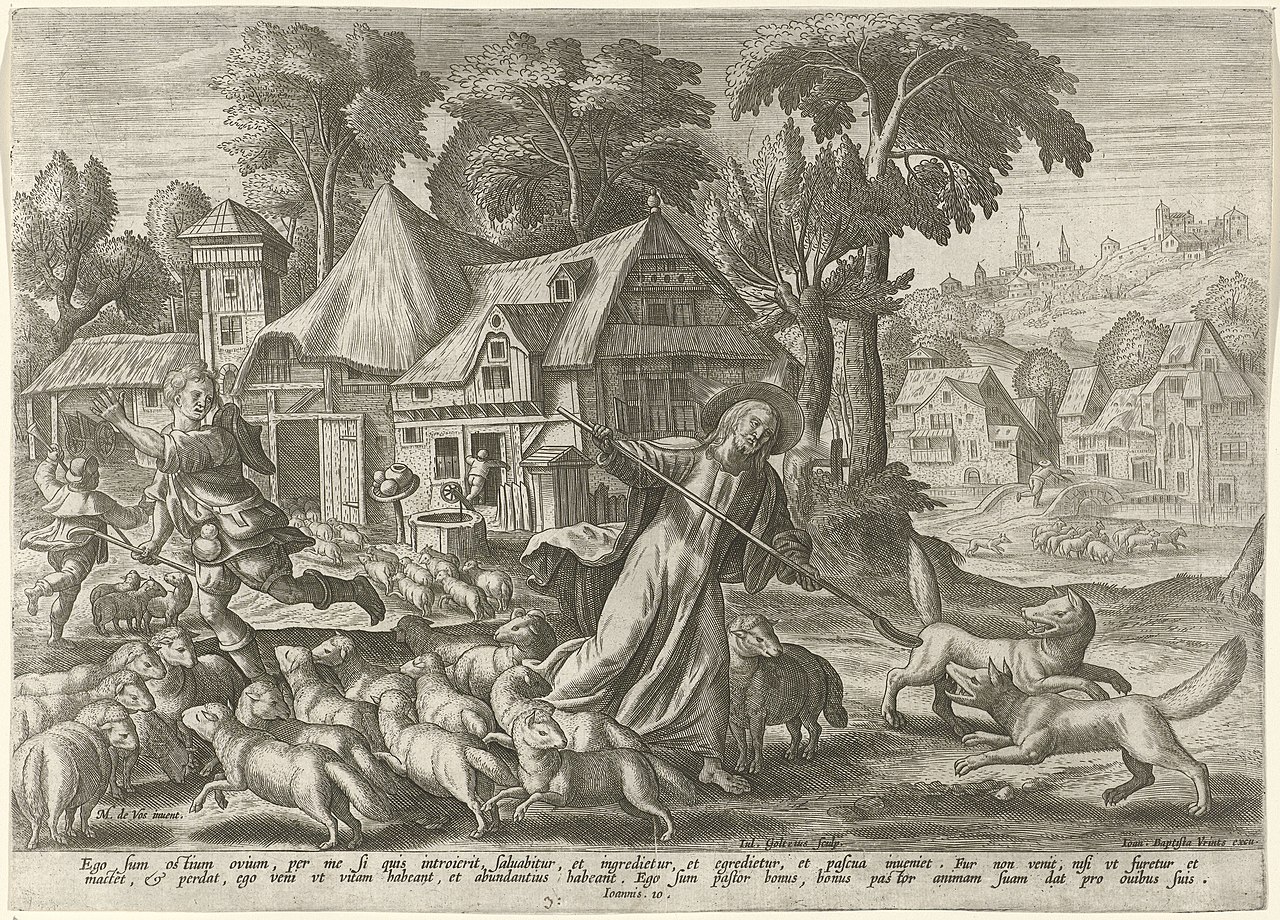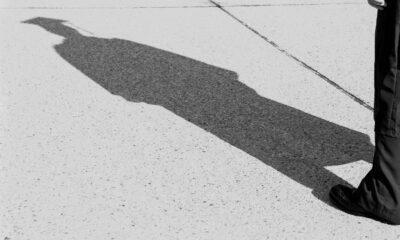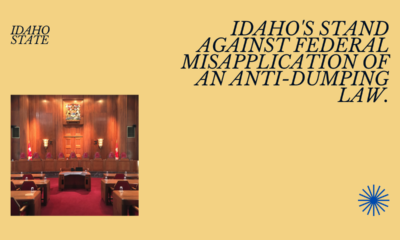Clergy
Modern Day Hirelings In Contrast To That Of The Disciples Of Martyrdom
In contrast to the hirelings of today, Jesus Christ and especially His Apostles and earliest disciples were profiles in great courage.

If Jesus had preached the same message that ministers preach today, He would never have been crucified. Leonard Ravenhill (source)
How true is this statement!
The hirelings …
Today’s hirelings (John 10:12) have been set up as a judgment upon the people that have put them in their positions, tickling their ears. They are preaching a message in stark contrast to “Repent for the kingdom of Heaven is at hand.” (Matthew 3:2). Thus they make a people to war against the Living God (Micah 3:5).
Scripture tells us,
For the time will come when people will not tolerate sound doctrine and accurate instruction [that challenges them with God’s truth]; but wanting to have their ears tickled [with something pleasing], they will accumulate for themselves [many] teachers [one after another, chosen] to satisfy their own desires and to support the errors they hold… 2 Timothy 4:3
These people and their big, fancy, expensive suits, which cost more than most people’s whole line of clothing, beg for more money and preach a message of gain is godliness, so that, in the end, they can buy another home, car or even airplane.
Perverse disputings of men of corrupt minds, and destitute of the truth, supposing that gain is godliness: from such withdraw thyself. 1 Timothy 6:5
Many of them smile so big that one has to ask themselves what is it that they are smiling about? Especially, when you know that the fruit of his little club of antinomians, those with no regard for God’s moral Law (Exodus 20), are the direct results of this country’s decline, and all of this because of their lack of faithfulness to the Word of God.
In contrast to the charlatans above, let’s look among the faithful martyrs who preached repentance towards God and faith in our Lord Jesus Christ (Acts 20:21)!
…and the martyrs
John the Baptist
John the Baptist was executed by beheading by Herod Antipas on the request of Herodias’ daughter.
Paul
Paul, the apostle, who before was called Saul, after his great travail and unspeakable labors in promoting the Gospel of Christ, suffered also in this first persecution under Nero. Abdias, declareth that under his execution, Nero sent two of his esquires, Ferega and Parthemius, to bring him word of his death. They, coming to Paul, instructing the people, desired him to pray for them, that they might believe; who told them that shortly after they should believe and be baptized at His sepulcher. This done, the soldiers came and led him out of the city to the place of execution, where he, after his prayers made, gave his neck to the sword.
Peter
Peter was condemned to death, and crucified. Hegesippus saith that Nero sought matter against Peter to put him to death; which, when the people perceived, they entreated Peter with much ado that he would fly the city. Peter, through their importunity at length persuaded, prepared himself to avoid. But, coming to the gate, he saw the Lord Christ come to meet him, to whom he, worshipping, said, “Lord, whither dost Thou go?” To whom He answered and said, “I am come again to be crucified.” By this, Peter, perceiving his suffering to be understood, returned into the city.
Jerome saith that he was crucified, his head being down and his feet upward, himself so requiring, because he was (he said) unworthy to be crucified after the same form and manner as the Lord was. The Martyrdom of Peter
More martyrs
Matthew
Whose occupation was that of a toll-gatherer, was born at Nazareth. He wrote his gospel in Hebrew, which was afterwards translated into Greek by James the Less. The scene of his labors was Parthia, and Ethiopia, in which latter country he suffered martyrdom, being slain with a halberd in the city of Nadabah, A.D. 60.
Mark
Mark was born of Jewish parents of the tribe of Levi. He is supposed to have been converted to Christianity by Peter, whom he served as an amanuensis (A person employed to write or type what another dictates or to copy what has been written by another), and under whose inspection he wrote his Gospel in the Greek language. Mark was dragged to pieces by the people of Alexandria, at the great solemnity of Serapis their idol, ending his life under their merciless hands.
Luke
Luke, the evangelist, was the author of the Gospel which goes under his name. He traveled with Paul through various countries and is supposed to have been hanged on an olive tree, by the idolatrous priests of Greece.
Only one disciple escaped a violent death
John
John, the “beloved disciple,” was brother to James the Great. The churches of Smyrna, Pergamos, Sardis, Philadelphia, Laodicea, and Thyatira, were founded by him. From Ephesus he was ordered to be sent to Rome, where it is affirmed he was cast into a cauldron of boiling oil. He escaped by miracle, without injury. Domitian afterwards banished him to the Isle of Patmos, where he wrote the Book of Revelation. Nerva, the successor of Domitian, recalled him. He was the only apostle who escaped a violent death.
Simon
Simon, surnamed Zelotes, preached the Gospel in Mauritania, Africa, and even in Britain, in which latter country he was crucified, A.D. 74.
The two Jameses – no hirelings these!
James the Great
The next martyr we meet with, according to St. Luke, in the History of the Apostles’ Acts, was James the son of Zebedee, the elder brother of John, and a relative of our Lord. No sooner had Herod Agrippa been appointed governor of Judea, than, with a view to ingratiate himself with them (Gain favor with the people), he raised a sharp persecution against the Christians, and determined to make an effectual blow, by striking at their leaders.
The account given us by an eminent primitive writer, Clemens Alexandrinus, ought not to be overlooked; that, as James was led to the place of martyrdom, his accuser was brought to repent of his conduct by the apostle’s extraordinary courage and undauntedness, and fell down at his feet to request his pardon, professing himself a Christian, and resolving that James should not receive the crown of martyrdom alone. Hence, they were both beheaded at the same time. Thus did the first apostolic martyr cheerfully and resolutely receive that cup, which he had told our Savior he was ready to drink. These events took place A.D. 44.
James the Less
James was elected to the oversight of the churches of Jerusalem; and was the author of the Epistle ascribed to James in the sacred canon. At the age of ninety-four he was beat and stoned by the Jews; and finally had his brains dashed out with a fuller’s club.
Among the first…
Philip
Philip was born at Bethsaida, in Galilee and was first called by the name of “disciple.” He labored diligently in Upper Asia, and suffered martyrdom at Heliopolis, in Phrygia. He was scourged, thrown into prison, and afterwards crucified, A.D. 54.
Andrew
Andrew was the brother of Peter. He preached the gospel to many Asiatic nations; but on his arrival at Edessa he was taken and crucified on a cross, the two ends of which were fixed transversely in the ground.
Thomas
Thomas, also called Didymus, preached the Gospel in Parthia and India, where exciting the rage of the pagan priests, he was martyred by being thrust through with a spear.
Bartholomew
Bartholomew reached several countries and having translated the Gospel of Matthew into the language of India, he propagated it in that country. He was, at length, cruelly beaten and then crucified by the impatient idolaters.
Jude
Jude, the brother of James, was commonly called Thaddeus. He was crucified at Edessa, A.D. 72.
Matthias
Matthias, of whom less is known than of most of the other disciples, was elected to fill the vacant place of Judas. He was stoned at Jerusalem and then beheaded.
Barnabas
Barnabas was of Cyprus, but of Jewish descent. His death is supposed to have taken place about A.D. 73.
Such was the fate of the apostles, according to the traditional statements.
Yet the Church still grew – no thanks to hirelings
Yet, notwithstanding all these continual persecutions and horrible punishments, the Church daily increased, deeply rooted in the doctrine of the apostles and of men apostolic and watered plenteous with the blood of saints.
These fearless disciples paved the way for an innumerable number of lost souls in finding redemption in Christ Jesus, and in Him alone (Ephesians 1:7).
In looking to the crucifixion of Jesus Christ, the Son of God, the Lamb of God…
He is first scourged. The prisoner was tied to a pillar and flogged with sticks and a special whip. The Romans’ scourging whip “had iron balls tied a few inches from the end of each leather thong on the whip. Sometimes, sharp sheep bones would be tied near the ends.” The metal weights served to cause serious bruising, or contusions, and the leather of the thongs cut into the skin. The sheep bones were also made to deepen the lacerations into the skin. After only a few lashes, the depths of the cuts would reach into muscle tissue.
As each [stroke] cut across the Master’s torn shoulders, small particles of His flesh fell from the knotted leather whip-knots to the pavement, which was now covered with His Blood.
The cruel Roman soldiers first whipped Jesus’ back and then turned Him around. They proceeded to whip the front of Him. The physical effects of the beating went far beyond the considerable pain it inflicted—with His flesh torn into on either side,
After the scourging, Jesus’ body was covered in open wounds. He was in the most acute pain. His energy drained as a result of the pain and loss of blood.
Then, the purple cloth that the soldiers put it on His back to mock Him on His open lacerations. Here, too, then Jesus is forced to place upon His head the crown of thorns.
Our Lord is crucified
Then the cross in which He was to be crucified, carried upon His back dragging it up to the top of Golgotha.
The condemned would be forced to carry the crossbeam from the prison inside the city to a location outside the city; the crossbeams weighed from about 60-100 pounds. Jesus picked up His cross having spent a wretched night in prison, with little to no sleep, watching His own people condemn Him.
During the stations of the cross, Jesus falls three times. With his arms bound to the cross beam, he could do nothing to break his fall. Having to get up under the weight of that cross each time… having a 60-100 pound log crash down upon Him each time He fell. Is it any wonder that the soldiers conscripted Simon of Cyrene to help Jesus?
At the destination of Calvary, Jesus was first stripped of His garments. Crucifixes always give Jesus a loin cloth, but in reality, Roman crucifixion was designed to be as gruesome and humiliating a death as possible. The condemned were stripped naked in order to die with as little dignity as possible.
Next were the nails. Iron spikes that averaged 5-7 in. in length were used to nail the arms of the condemned to the crossbeam, in the wrists.
How death came
Although we often see that the palms of Jesus bore the nail wounds, they wouldn’t support the body weight of a person on a cross. After the victim was nailed to the crossbeam, it was raised up and attached to the vertical beam. The victim’s feet were nailed into the vertical beam and death awaited.
Death would surely come, most often by a combination of blood loss (from the scourging) and asphyxiation. The victim would only be able to take shallow breaths, until his arms weakened. At that point, he would have to push his body up with his feet to breathe. This would be terribly painful on multiple levels: putting pressure on the nail wounds in the feet and the hands and rubbing the open wounds on his back up against a large beam of wood.
Jesus had seven last words from the cross, all of which were probably labored and difficult.
The executioners had two methods to ensure death: breaking the victim’s legs with a massive mallet and thrusting a spear through their torso. Jesus was spared the first but not the second, even though He was already dead.
We can gain a deeper appreciation of the crucifixion of Jesus by looking at the physical suffering He endured.
As Christians, we see an extraordinary act of love.
He Himself bore our sins in His body on the tree, that we might die to sin and live to righteousness. By His wounds you have been healed. 1 Peter 2:24
Friends, these all have sealed their testimonies in blood.
Bradlee Dean is an ordained Christian preacher, Radio show host for the #1 show on Genesis Communication Network from 2-3 p.m. central standard (The Sons of Liberty), a National Tea Party favorite. He also speaks on high school and college campuses nationwide. Bradlee is also an author, a husband to one, daddy to four boys. You have probably seen Bradlee through such outlets as The New York Times, Fox News, MSNBC, CNN, The Weekly Standard etc.
-

 Education3 days ago
Education3 days ago‘Grading for Equity’: Promoting Students by Banning Grades of Zero and Leaving No Class Cut-Ups Behind
-

 Civilization5 days ago
Civilization5 days agoEarth Day Should Celebrate U.S. Progress & Innovation
-

 Family3 days ago
Family3 days agoIdaho defends against abortion mandate
-

 Civilization4 days ago
Civilization4 days agoNewsom plays silly abortion politics
-

 Constitution2 days ago
Constitution2 days agoPresidential immunity question goes to SCOTUS
-

 Education5 days ago
Education5 days agoThe Intifada Comes to America. Now What?
-

 Civilization5 days ago
Civilization5 days agoEarth Day – part of cultural Marxism
-

 Civilization4 days ago
Civilization4 days agoWaste of the Day: China Still Owes Over $1 Trillion to American Bondholders














